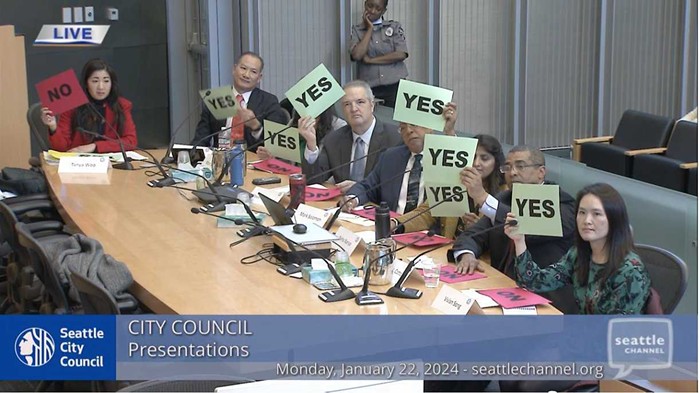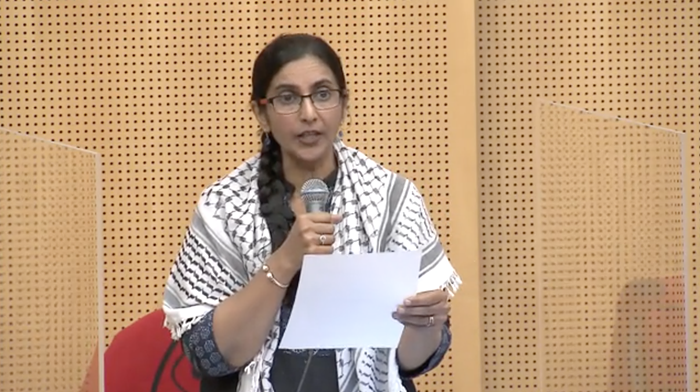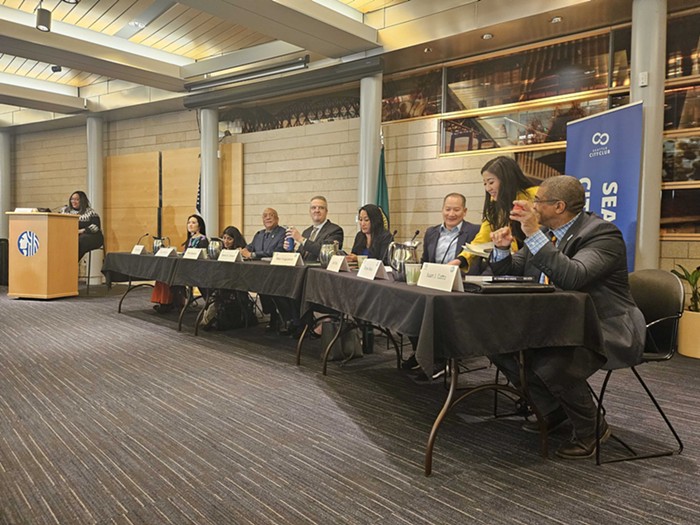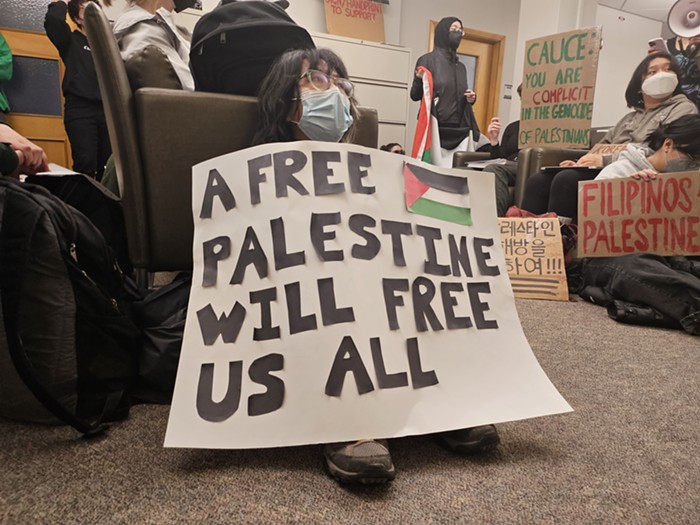This spring, the Seattle City Council will decide whether to vacate four streets for a 10-acre shopping mall and 550-unit residential development at Rainier Avenue South and South Dearborn Street, essentially giving away two acres of city-owned property to mall-builder Ravenhurst Development. But Bill Bradburd, a 51-year-old father of two, and a coalition of groups representing the neighborhood believe they can pressure the city to retain its land— effectively stopping the development altogether.
"We wouldn't do the project without the street vacation," says Darrell Vange, president of Ravenhurst Development.
If the council does approve it, the project—on the site currently occupied by Goodwill Industries International—would be one of the largest malls in the city. The city issued a preliminary recommendation last May for a compound of buildings containing 696,000 square feet of retail (the equivalent of seven Westlake Centers, which Vange also developed) and 2,300 underground parking spaces. "It has the potential to be a behemoth," says city council member Tom Rasmussen.
"Everybody wants to see this property developed," Bradburd says. "We just are saying that we do not want the big-box mall."
Vange has secured Target as the anchor tenant, and he is negotiating with other potential tenants, including Lowe's, large grocery stores, and dozens of other smaller stores, to share the buildings. (Goodwill would remain on the site.) Vange, who has developed five large shopping malls in the Pacific Northwest, says the Dearborn project "is a very progressive commercial, mixed-use project that is trying to break the stereotype of suburban shopping centers."
Although the project would include 550 apartments, including 200 reserved for renters making below-median wages, it's far from clear that people are clamoring to live in a mall. Thornton Place, located next to Northgate Mall and a new 14-screen movie theater, put 109 condos on the market last September. When the building opened in March, not a single unit had sold. In fact, malls are dying right and left; in November, Newsweek magazine reported that "a fifth of the country's largest 2,000 regional malls are failing."
We should stop building malls in Seattle—even malls with housing. Other examples of urban malls, such as University Village, are surrounded by wide, rushing arterials that kill walkable, livable neighborhoods. The formula for thriving, dense neighborhoods was established hundreds of years ago: Build businesses to the sidewalk and adhere to the street grid.
The Community Alliance for Responsible Development (CARD)—a newly formed coalition of groups, including the Seattle Community Council Federation, the Squire Park Community Council, and others—plans to meet with city council members in the coming weeks and pressure them to block the proposal. Bradburd says he will present studies of alternative developments for the site, designed last fall under the guidance of Michael Pyatok, a professor of architecture at the University of Washington, which would allow high densities of homes and stores without building a mall over city streets.
"The city would have to give up a public asset for this to even be built," says Bradburd. "Is it in the public interest to give up public land to build a shopping mall in an area where a shopping mall shouldn't be built?"
City council members, while open to the mall, seem apprehensive.
"The vast amount of parking is inconsistent with what we have been trying to create in the city, which are walkable neighborhoods," says Rasmussen, who sits on the council's land-use committee. According to the city's Department of Planning and Development, the mall would generate an additional 25,000 car trips to and from the mall a day. Traffic at Dearborn and Rainier, already a nightmare during peak hours, would swell by 17 percent during weekday-evening rush hour.
"I think it is inconsistent with the city's plan of building around light-rail stations," says city council member Richard McIver, who lives in the nearby Mount Baker neighborhood. The project, he says, could drain housing and retail away from the areas in Rainier Valley where the city has already planned for new construction, such as the Othello and McClellan Street light-rail stations.
Hyeok Kim, executive director of Inter*Im Community Development Association, a nonprofit representing housing interests in the International District and a member of CARD, says housing does not convince her to support the project. "We can't divorce our affordable-housing goals from equally important goals for neighborhood consistency and character." She adds the Target-anchored complex could replace the well-established commercial strip of Little Saigon, two blocks north, with "a suburban regional mall character." ![]()



















